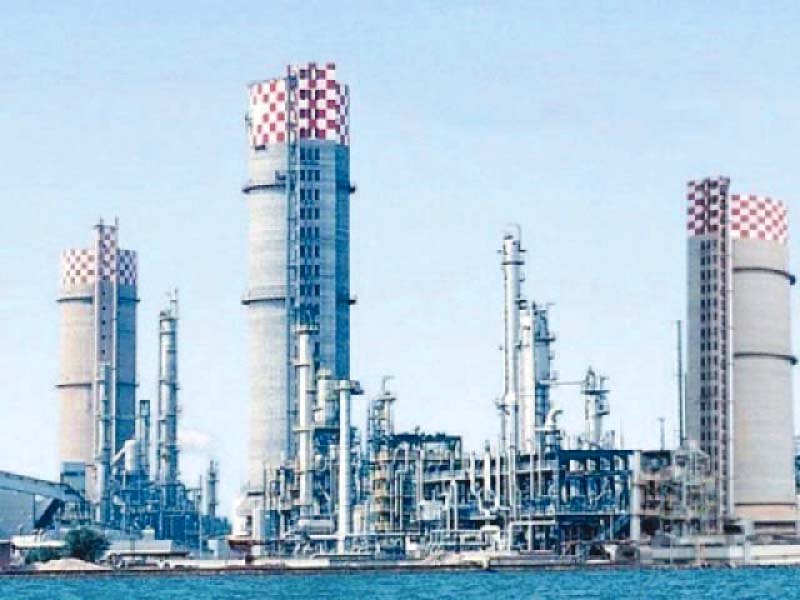
Punjab has, however, emerged as the single largest beneficiary of both; the imported LNG and locally produced natural gas.
According to the Oil and Gas Regulatory Authority’s (Ogra) Annual Report 2016-17, Punjab replaced Sindh as the single largest consumer of gas. It utilised 47% of the total 2,915 million standard cubic feet per day (mmscfd) of the fuel during the year under review, compared with 42% of 2,727 mmscfd last year and left Sindh behind in consumption.
Govt likely to allow PSO, Shell to recover old duty claims
Sindh largely failed to take benefit of the imported LNG, as its share in total consumption fell to 43% compared to 46% last year.
Khyber-Pakhtunkhwa (K-P) and Balochistan’s ranks in consumption remained unchanged at third and fourth position, respectively. However, K-P’s consumption fell to 7% from 10%, while Balochistan consumption remained unchanged at 2%.
Pakistan needs 7 billion cubic feet per day (bcfd) of gas to meet its requirement. Out of this, 3.9 bcfd is covered by domestic production and 1.2 bcfd comes through imports.
Production surprises
Surprisingly, the share of Punjab in total gas production remained negligible at 3% in both years; FY16 and FY17. This, however, was standing at 5% two years ago in FY15.
Despite a notable drop in production, Sindh maintained its number one rank at 56%, compared to 63% last year. Balochistan produced 13%, compared to 17%, while K-P generated 12% compared to 7%.
The share of imported LNG gas in total gas supplies stands at 16% in the year, the regulator said.
The federal and provincial governments have set up three imported gas-fired power plants with total capacity of 3,600 megawatts in Punjab. They have luckily come online and are believed to increase production with availability of more gas into the system. Recently, the provincial government has initiated the fourth LNG-fired power plant of 1,200MW.
The federal government has recently tasked the two gas utility firms; Sui Northern Gas Pipeline Limited (SNGPL) and Sui Southern Gas Company Limited (SSGCL) to lay down the third gas pipeline from Karachi to Punjab to increase gas transportation to LNG-based power plants and CNG filling stations and commercial and industrial users.
SC to hear LNG corruption case against PM Abbasi from February 12
On the contrary, Sindh which remains the single largest producer of gas and facilitating transportation of imported gas to Punjab, continued to face gas outages and low gas pressure in the province, particularly at commercial (including CNG filling station), industrial zones and residential areas.
Sector-wise consumption
Ogra reported that the power sector emerged as the single largest consumer of available gas in the country. It utilised 32% of the gas in FY17, followed by fertiliser and residential at 21% each. Captive power plants used 11%, general industry 9% and transport utilised 5% of the total gas in the year.
Published in The Express Tribune, February 10th, 2018.
Like Business on Facebook, follow @TribuneBiz on Twitter to stay informed and join in the conversation.
































1714024018-0/ModiLara-(1)1714024018-0-270x192.webp)









COMMENTS (1)
Comments are moderated and generally will be posted if they are on-topic and not abusive.
For more information, please see our Comments FAQ